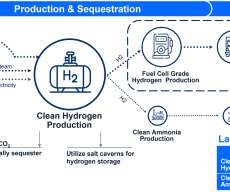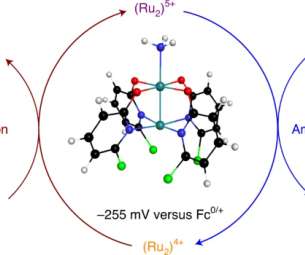UW Madison, ExxonMobil researchers convert alcohols to diesel-range ethers and olefins
Green Car Congress
MAY 18, 2019
Researchers from the University of Wisconsin Madison and ExxonMobil Research and Engineering have devised a two-stage process by which an alcohol such as ethanol or 1-butanol can be converted with high yields into distillate-range ethers and olefins by combining Guerbet coupling (the coupling of two alcohol molecules) and intermolecular dehydration.
































Let's personalize your content